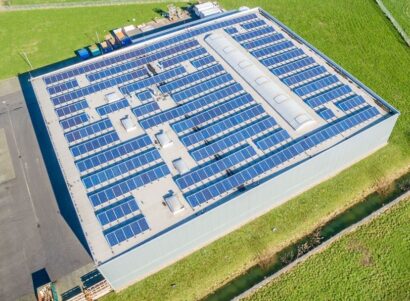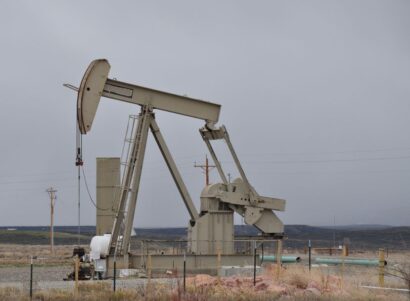Overview
Climate change is creating new challenges for schools, which educational institutions must respond and adapt to. The increasing frequency and intensity of climate impacts, such as extreme heat, drought, and wildfire, can undermine student health and disrupt education. The Climate-Resilient California Schools: A Call to Action report envisions schools as integral to community climate resilience. The report proposes positioning California as a leader in climate-resilient education by establishing a comprehensive vision and state-level policy and investment framework for developing climate-resilient, sustainable, healthy, and equitable schools.
The report was written under the leadership of Stanford University’s Sean N. Parker Center for Allergy and Asthma Research, Center for Innovation in Global Health, and Action Lab for Planetary Health (ALPHA); and the University of California, Berkeley’s Center for Cities + Schools, in collaboration with a diverse group of stakeholders and experts. For a complete list of authors, see page two of the report.
PSE Analysis
PSE Healthy Energy provided analysis of the economic and resilience potential for California schools to adopt solar and battery storage (solar + storage), as summarized in Section 3 “Envisioning Climate-Resilient and Sustainable Schools,” and a technical appendix (Appendix 3) summarizing the methods for estimating potential for solar + storage at California’s K-12 public schools to offset utility bills, replace grid energy with renewable energy, and to provide some resilience during grid outages.
When extreme wind, heat, or other dangerous conditions force utilities to shut down the utility grid, local solar + storage can ensure that schools stay open and contribute to community emergency preparedness. School districts in most parts of California can readily contract with local providers to install solar + storage, and the payback period—the time it takes for cost savings to cover the cost of installation—could be as short as seven years.
Key Findings
- Climate change is a crisis for California’s TK-12 public schools
- California’s schools are not equipped for climate resilience
- Developing climate-resilient and sustainable schools will require campus, curriculum, and community-wide investments
- California must develop a state master plan for resilient schools to guide strategic investments and build capacity
- Schools can also decrease their carbon emissions and achieve energy independence–a key factor in climate resilience—by installing solar power paired with battery storage (solar + storage)

 Technical Report
Technical Report
 Technical Method for Appendix 3
Technical Method for Appendix 3






